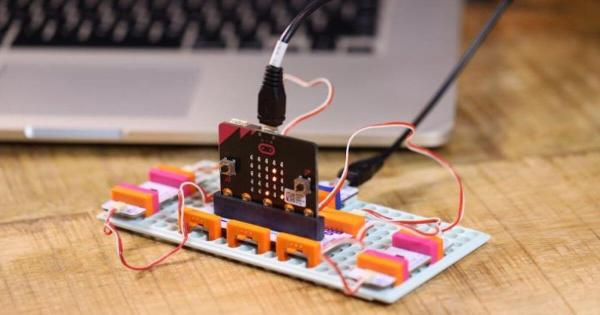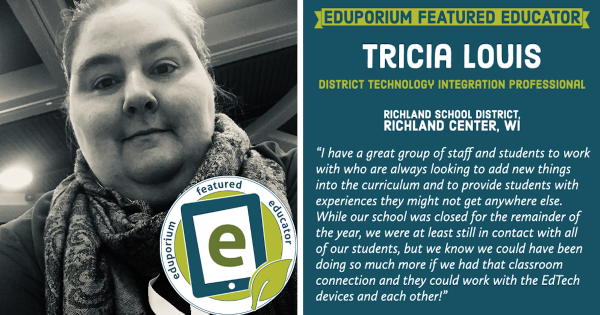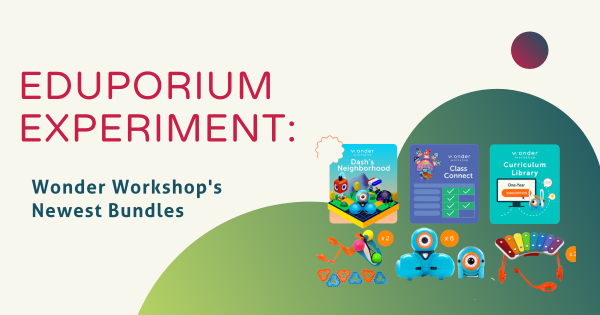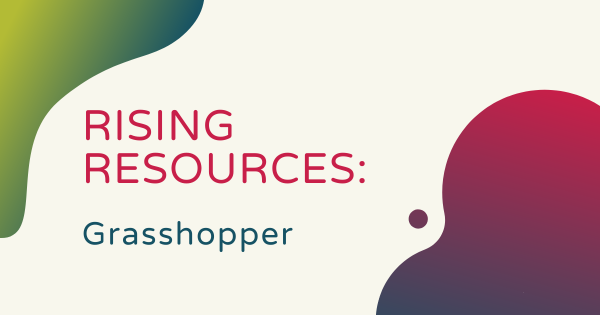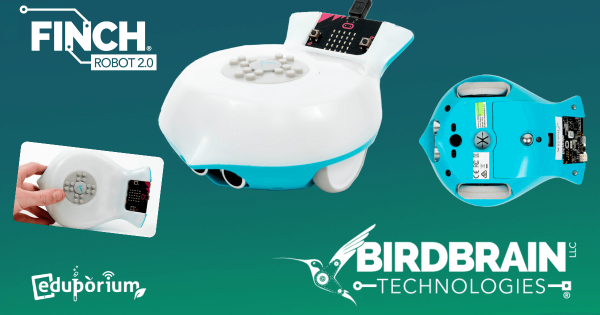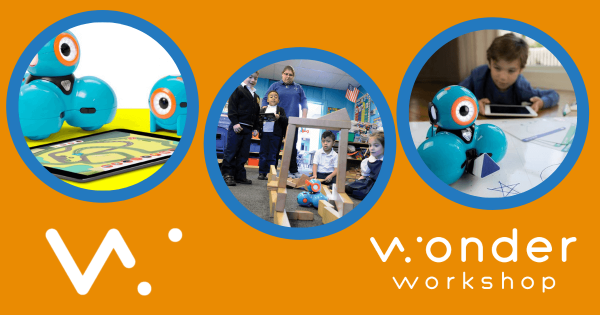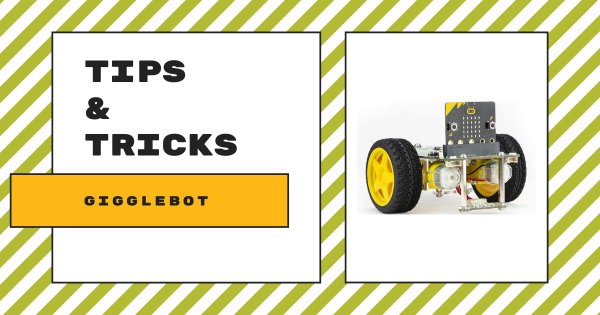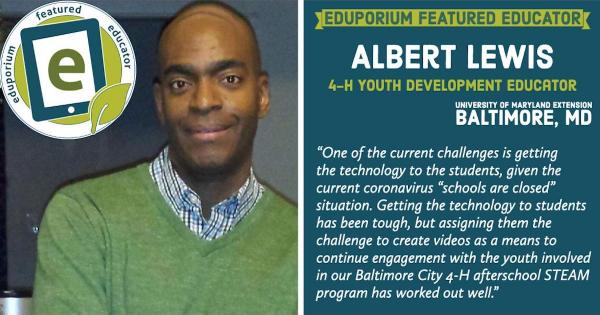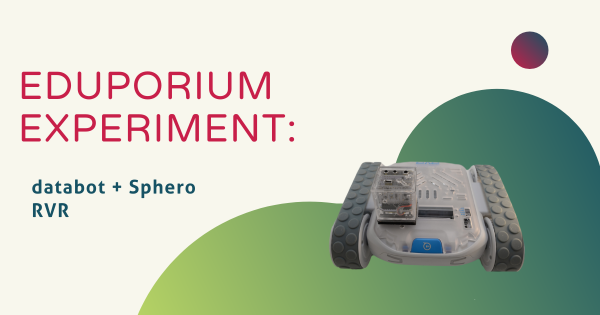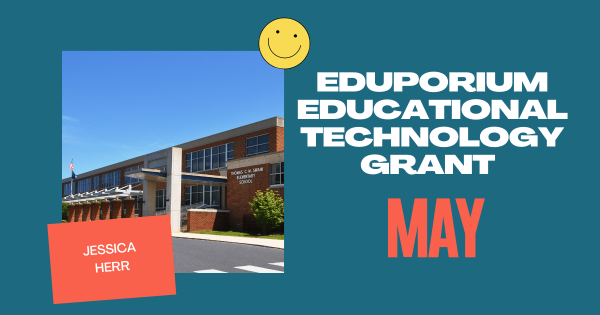Coding
Coding is, of course, a hugely important area of 21st century education. Whether they're as young as Pre-K or ready to enter college, coding is extremely relevant to almost every student's future. Thankfully, millions of educators and administrators realize the importance of teaching kids to code. Whether it's a curricular requirement or part of an informal school club, programming experiences are amazingly valuable for students. There's also plenty of options, so educators can find something without complicated or pricey features. In this section, you'll see a lot of different topics related to K-12 coding. These include features on particular STEM tools, insights on coding integration, skills students can develop and more. There's also something for teachers of all grade levels. Whether you teach the early grades or have students with the foundation to take the next step, you'll find helpful resources for teaching coding in the classroom.
Coding is truly an experience that all K-12 students can have. Starting in the early grades, students can code screen-free with a tool like the Cubetto Robot. Then, they can start to increase their coding skills and explore Blockly environments using tools like the Dash Robot, Ozobot Evo, and many others. From there, students can explore a bunch of different languages, like Snap!, Scratch, MakeCode, and more and, eventually, expand their skill sets by exploring text-based languages, like JavaScript and Python. All the while, the STEM solutions we advocate for also allow students to learn the most important coding concepts, like loops, variables, inputs, conditionals, and syntax. With a natural progression that leads to increased computer science competencies and enhanced future readiness, it's tough to understate the relevance of coding experiences in the classroom.
-
New littleBits micro:bit Adapter Now Available
A compact and affordable tool, students can use the micro:bit V2 board to start out with beginner level programming and eventually learn to use it for creating programs with much higher levels of complexity. Its biggest value, however, may come in its compatibility with other teaching tools, including the littleBits micro:bit Adapter among other educator favorites. -
Eduporium Featured Educator: Tricia Louis
Tricia has worked with a number of EdTech tools and given the students she coaches a ton of positive experiences. We’re excited to share Tricia’s story and hopefully inspire more educators to take chances with new tech in the classroom and unlock new learning opportunities with technology! Keep reading to learn more! -
Eduporium Experiment | Wonder Workshop's Newest Bundles
The five newest Wonder Workshop bundles now all include licenses for their learning management system, Class Connect, access to their virtual Dash Robot, and curriculum library. Each comes with a corresponding number of accessories and robots and more! Whether in person or remote, these new bundles are perfect to integrate into CS education -
Rising Resources | Learn Coding with Grasshopper
Coding skills can be learned at a very young age and kids can progress through the different types of programming using age-appropriate tools, which makes it more feasible. We advocate for coding kits in education all the time, but the subject of this week’s Rising Resources blog is a slightly different option. This week, we explore Grasshopper. -
Get To Know The Finch 2.0 From BirdBrain Technologies
Modeled directly after the original Finch Robot, this latest version provides teachers with a more robust option when introducing students to computer science and key STEAM concepts. It’s even viable in all levels of education from kindergarten to college and utilizes the micro:bit V2 for its processing power. Read on for more about the Finch 2.0 and its six coding -
Eduporium Team Donates Robot Kit Following Virtual Summit
We were fortunate to sponsor a Virtual Summit session led by fourth grade teacher, Jasmine Saab, and give away a Wonder Starter Pack to one lucky attendee! That attendee would end up being Imani Malaika-Mehta, who is the executive director of the KC Creators Club in Kansas City, and put this post together about her experiences with teaching STEM. -
Tips & Tricks | Dexter Industries' GiggleBot
The GiggleBot is the main component of this micro:bit-powered robot and construction kit. It boasts a variety of programmable features, including its brightness sensor, LEDs, motors, and a line following device. Children can assemble it in as little as five minutes and it includes everything that they’ll need—just connect the batteries, micro:bit, and wheels to get started! -
Eduporium Featured Educator: Albert Lewis
We spoke with Albert Lewis! Albert works with students in the 4-H Youth Development Program as part of the University of Maryland Extension in Baltimore City. He loves using STEM to connect with the students he works with and, even in the midst of the coronavirus pandemic, he’s helped them find creative ways of using technology in their learning. -
Eduporium Experiment | databot And The Sphero RVR
The databot is a small, programmable robot outfitted with an array of built-in sensors that are constantly capturing real-world data. Students can use this data to create programs for the small, cube-like databot to execute. It works with the Google Science Journal platform, but the databot Robot is also compatible with another powerful STEAM tool: the Sphero RVR! -
Grant Award for May: And, It Goes to Jessica Herr!
For the month of May, the award has been given to Jessica Herr, a teacher at the TC McSwain Elementary School in Staunton, Virginia! With the STEAM tools she’ll be receiving from us, Jessica has a pretty amazing project planned—one that involves drones, coding, bees, and plenty of collaboration for students.




